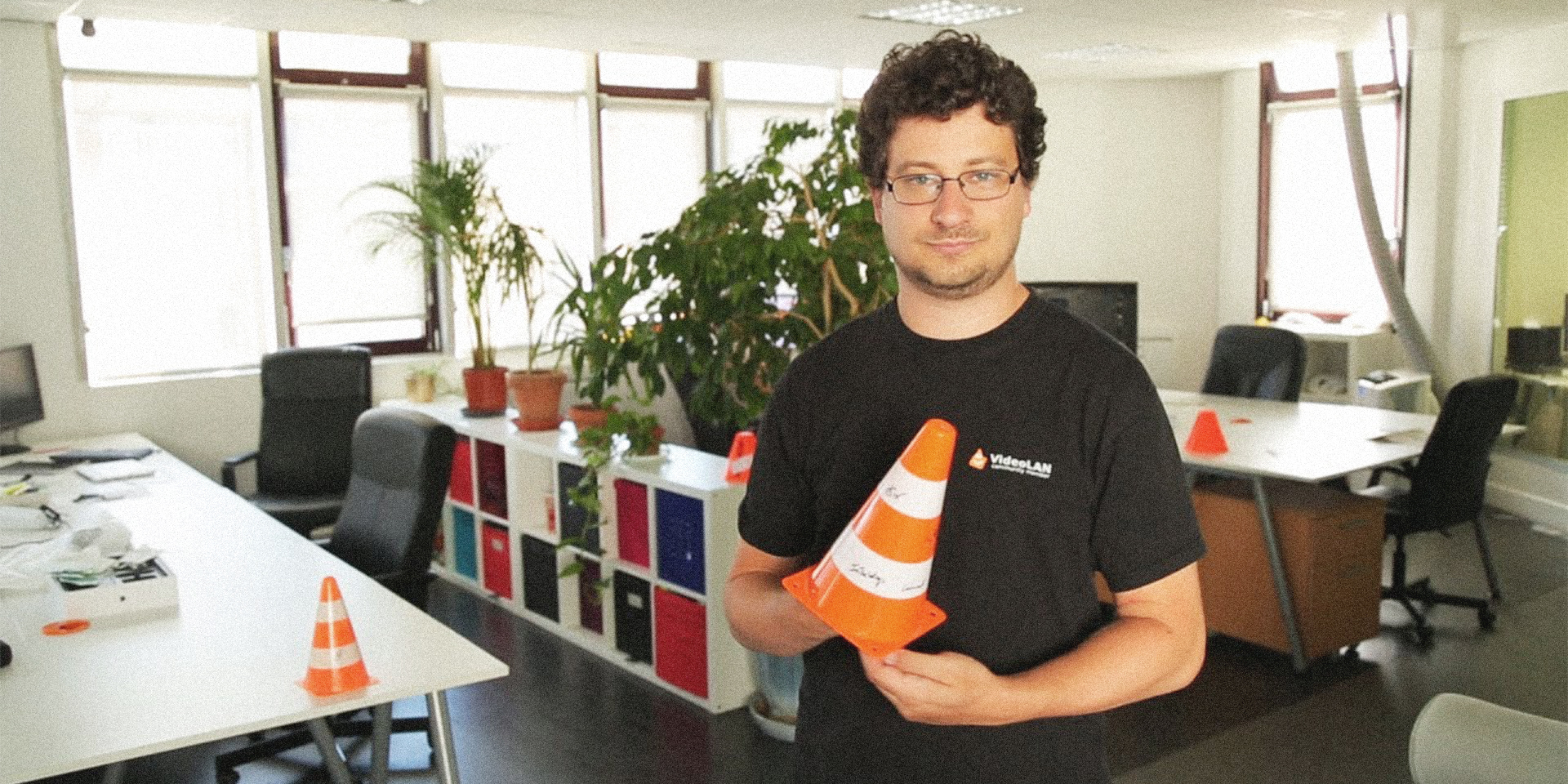

Vaping indoors, at the desk ?! I would hate to work there.


Vaping indoors, at the desk ?! I would hate to work there.


About the power of the hardware, you don’t need to worry too much. My NAS is a SBC with 6 ARM cores and 4GB or RAM. It run flawlessly all the services you’ve listed and more ! (Also, without transcoding for jellyfin).
I don’t know if your budget includes Hard disks, but it should be plenty enough to get you an ready made NAS from Synology or other brands, that will give you an easy start with self-hosting.
If you want to go the DIY route. Then I recommend to build yourself a small computer from a Intel N100 motherboard, or the older J5040. From there you can install Open Media Vault, or otherwise the Linux distribution you are the most familiar with, and install Docker. You can check Linuxserver.io for many guides for spinning up docker containers for all of the services you’ve listed.
We all have Jean-Baptiste Kempf, and many other brilliant volunteer developers to thank for it



OP clearly state in the post “it’s not just Google I want to remove, but proprietary Software”. Going from GrapheneOS to iOS would be a giant leap backwards in that regard.


You can offer your friends the option to use Signal for messaging. It’s not a big deal to use several apps for messaging different people.
I don’t know how old you are or were you live, but it just sounds crazy to me your parents want to know your location at all time, it seems paranoid. Maybe there are other “location sharing” apps out there, but they are by definition not very privacy oriented, not sure if I would trust another app more than Google-Maps…


If I were to rework the drive mounting solution, I would probably redo the whole case from scratch. Currently the drives are slotted inside 5.25" bays and theses are assembled together with 3D printed brackets. I have the impression vibration are not transferring too much to the case and outside.
Maybe I can find some rubber damper that would fit around the drives inside the 5.25" bays.


Thanks, I will look for surveillance types of disks.
Living room is my only option.


Thank you for the suggestions, but this isn’t quite what I am looking for. Moving the NAS to another room isn’t an option, bedroom and bathroom are even less suitable for a NAS :D
I don’t wish to modify the appearance of it either. For one, I’ve spent quite a lot of time designing and building the enclosure from scratch (it’s a unique and original design from my creation). Then, it sits in my TV cabinet and space is an additional concern.


I suppose 5640 RPM wouldn’t make much of a difference compared to 5400, although I’ve never came across such hard disk. I will keep an eye on external drive options, thanks.


I suppose the “low-cost consumer grade” market is now covered by SSDs and the HDD market is moving towards enterprise and enthusiasts only. There is not much market remaining for “lower performance” HDD…


I already have spin-down setup, I can definitely tell when they are spinning up, especially the 7200rpm one. I don’t think it is possible to slow-down the rotation speed of the hard disks, I believe they are just designed to operate at a given speed.


Thank you ! I see there are a few models. I must check were I can source them from at a good price in Europe.


Finamp looks like what you would expect from a music player app. It’s very straight forward to browse you songs by Artists and Albums. It’s easy to make playlists and queue songs ans Albums. Lastly, you can download songs and albums locally and play them offline.


Very exciting news ! I am a daily user of Finamp and I love it.


I did this sort of mistakes too, luckily BTRFS snapshots are always here to save the day !


Armbian


If you can get a hold on a 3D printer, you can try this design: Raspberry Pi 4 NAS with 2x 3.5" bays / impulse1delta / printables.com
I have tried openSCAD and FreeCAD, they are both good in their own right, but utimatly they also both have very steep learning curves. I suppose Blender can also be used for CAD but I have no experience with it. I just want to quickly design some parts for 3D printing as a hobby and don’t feel like spending hundreds of hours learning those tools. I am current using Onshape.com, it works well on Linux/Firefox, suits my needs and free to use with some limitations. But it is proprietary :(

I suppose, when you plug the HDD to the computer, it spins up and start drawing more current from the power-supply and the noise disapears. This is because the PSU has a buck-converter, the switching frequency increase proportionally with the current drawn by the load. When the current it almost 0mA, the switching frequency can be audible (electromagnetic forces can make some components vibrate, e.g: coils). When the current is nominal, the frequency will be ultrasound and you won’t hear it. I have observed this with many electronic devices. If you are worried, you can try another power-supply, after checking it has the same voltage and polarity on the plug, and can deliver at least as much current as the original one.
It’s dogs in the workplace a problem for people with allergies?